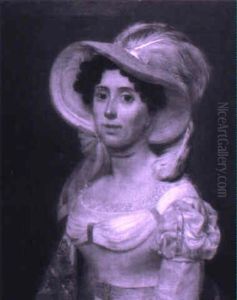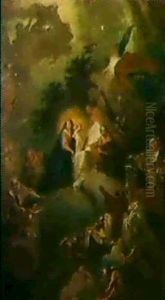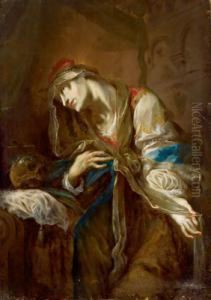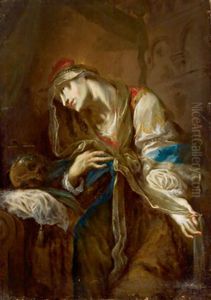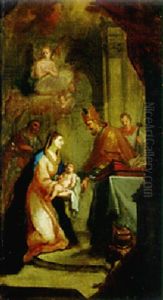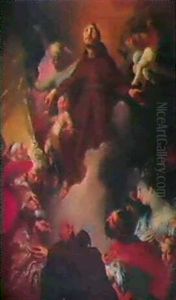Joseph Ii Winterhalter Paintings
Joseph Ignaz Winterhalter was a German painter and engraver born in 1743 in the Black Forest region of Vöhrenbach, Germany. He is not to be confused with his more famous nephew, Franz Xaver Winterhalter, who was a renowned portraitist in the 19th century. Joseph Ignaz Winterhalter was primarily known for his religious compositions, portraits, and genre paintings.
Trained in the arts from a young age, Winterhalter displayed a talent for painting and engraving. His early work was influenced by the Baroque style, which was prevalent during his formative years. He worked in various mediums, including oil painting and fresco, and his subjects often featured biblical scenes and figures.
Throughout his career, Winterhalter received commissions from churches and religious institutions, which allowed him to create large-scale religious artworks. His pieces were characterized by their attention to detail, use of color, and expression of religious devotion. Despite his skill, Winterhalter's work was overshadowed by the rise of neoclassicism towards the end of the 18th century.
Winterhalter's contribution to art was also educational, as he played a role in the training of young artists in his region. He passed away in 1807, leaving behind a body of work that, while not widely known today, represents the religious and cultural sentiments of his time and region. His legacy continued through his nephew, Franz Xaver Winterhalter, who became one of the most prominent portrait painters of the 19th century, known for his elegant depictions of European aristocracy.
